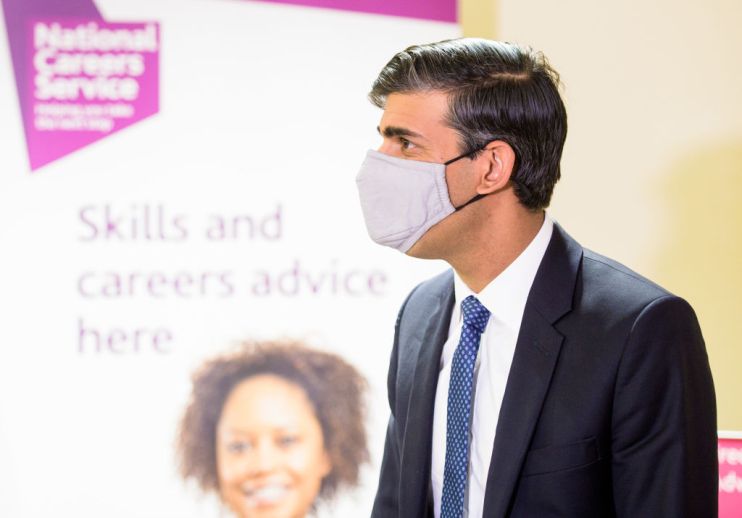DEBATE: Is the government right to wind up the furlough scheme at the end of October?

The government has split public opinion by saying that it will not be extending the furlough scheme beyond the end of October.
For the City A.M. debate, Annabel Denham of the Institute of Economic affairs and Cyrille Lenoel of the National Institute of Economic and Social Research consider whether it is right to do so.
Annabel Denham, director of communications at the Institute of Economic Affairs, says YES
Few dispute that furlough was the right medicine in March. But a wholesale extension of the scheme past October would curtail businesses’ ability to adapt to meet the needs of future consumers.
It is irresponsible to have the burden of paying wages fall indefinitely upon taxpayers, who themselves may face static pay or even tax increases to help foot the bill.
With another lockdown looming, were we to extend furlough in its existing form we’d be having this exact debate six months down the line – and we’d be another £35bn poorer.
News that £3.5bn has been paid out in error or due to fraudulent claims hardly strengthens the case for a continuation.
Optimists will suggest that a vaccine could be just around the corner, and that letting highly productive businesses go bust because we HAve shuttered the economy is bad policy.
Perhaps we can cut the average length of time it takes to develop a vaccine by a decade, but even if we do, inoculating over 60m people will be a gargantuan task.
We cannot proceed under their merry assumption: extending a scheme that was hastily concocted into 2021 and beyond is not the way forward.
Cyrille Lenoel, Senior Economist at the National Institute of Economic and Social Research, says NO
The furlough scheme has been very successful at preventing a dramatic rise in unemployment and it would be too soon to end it in October when most businesses will not yet have recovered from the fallout of the pandemic.
Already, we can see evidence that the gradual unwinding of the scheme in August and September is triggering waves of layoffs across most sectors and the unemployment rate could reach 10 percent by the end of the year if we follow the current path.
When the furlough scheme was first announced in March, the economy was expected to restart quickly after the lockdown.
Five months later, four out of 10 office workers are still working from home and footfall on high streets is around 40 per cent lower than last year.
We estimate that the net cost of extending the scheme until June 2021 would be around £10bn.
This is a small price to pay to avoid the long-term damage that high unemployment and people losing their links to the labour market would cost.